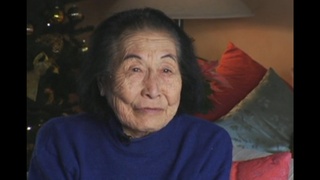Interviews
Politics in music
When I was growing up, there was…I always loved the music of Public Enemy and Public Enemy’s a group that is very…was always very politically charged and they wanted to get into topics that people wouldn’t talk about, whether it be the…their disapproval with the response time with 911 or racism in the politics in a certain city at a certain time. They’d always put those things in their songs and I thought. “What a cool thing that we kind of don’t have so much in hip-hop anymore. Or even in rock to a certain degree.”
It would be nice to kind of dig into some elements that are a little more just politically…I think in this case, motivated by history mixed with emotion and personal connection. So the song, “Kenji” was something that I wanted to do because I knew that I had enough information to tell the story and if I didn’t, then I had access to the information and because a lot of people simply don’t know about it and it’s something that I felt that I could just make people aware of.
Date: January 16, 2006
Location: California, US
Interviewer: Chris Komai and John Esaki
Contributed by: Watase Media Arts Center, Japanese American National Museum





